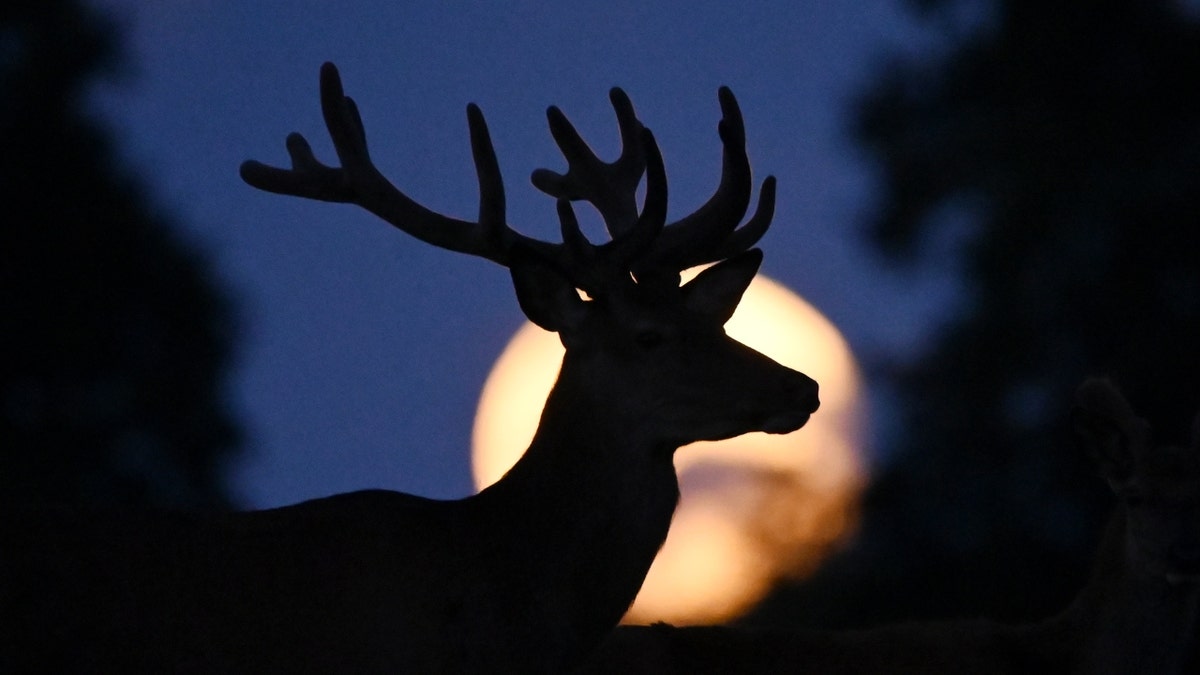NASA successfully launches historic Artemis I moon mission
Former NASA astronaut Tom Jones speaks on what the launch of Artemis I could mean for the future of space exploration on 'Your World.'
The Fourth of July weekend is scheduled to boast the first supermoon of 2023, also known as the full buck moon.
The next full moon is slated to appear in the morning sky on Monday, according to NASA, which noted that the moon will appear opposite the sun in Earth-based longitude at 7:39 a.m. EST.
The moon will appear largest on Sunday and Monday nights and will look full for up to three days, while fireworks will also be lighting up the night sky in celebration of Independence Day.
The supermoon, which marks the first of four supermoons this year, is also the first full moon of summer, and will be followed by the sturgeon and blue supermoons in August.
ASTRONOMERS USING NASA JAMES WEBB SPACE TELESCOPE DISCOVER AN INTERCONNECTED WEB OF GALAXIES

A full supermoon known as the buck moon is seen as a deer grazes outside the village of Taarbaek, north of Copenhagen, on July 14, 2022. (Sergei Gapon/Anadolu Agency via Getty Images)
A supermoon is either a new or full moon that occurs when the moon is within 90% of perigee, its closest approach to Earth.
Full supermoons are the most prominent full moons in the year, though opinions vary about which moons qualify as a supermoon.
JAMES WEBB SPACE TELESCOPE DETECTS NEW CARBON COMPOUND IN SPACE FOR THE FIRST TIME

The moon rises over Moscow, Russia, on April 6, 2023. (AP Photo)
The full buck moon derives its name from the time of year when male deer antlers are in full growth, according to the Maine Farmers' Almanac.
"Bucks shed and regrow their antlers each year, producing a larger and more impressive set as the years go by," according to the Old Farmer's Almanac.
Supermoons have featured prominently in history, with the Haida and Tlingit tribes of Alaska dubbing the July moon the salmon moon to mark the rise in salmon migration during the season.

The full moon rises over a private house in the village of Putilovo, east of St. Petersburg, Russia, July 13, 2022. (AP Photo/Dmitri Lovetsky)
The Algonquins called it the thunder moon in reference to the many thunderstorms in the Northeast in the summer. Europeans named it the hay moon after the haymaking in early summer.
CLICK HERE TO GET THE FOX NEWS APP
July 20 marks International Moon Day.
Fox News' Julia Musto contributed to this report.

